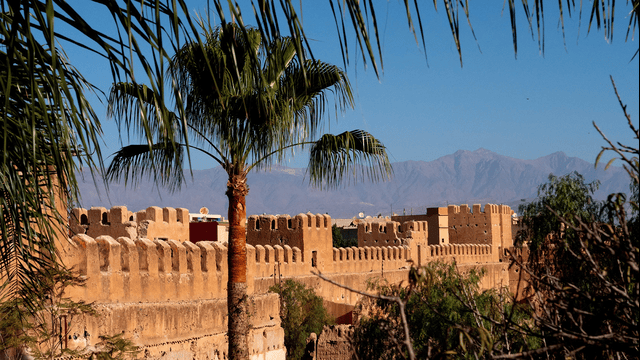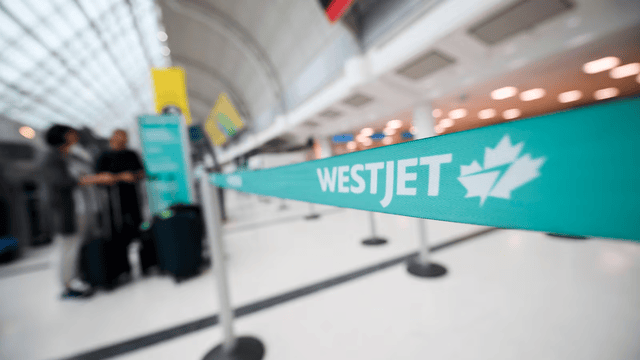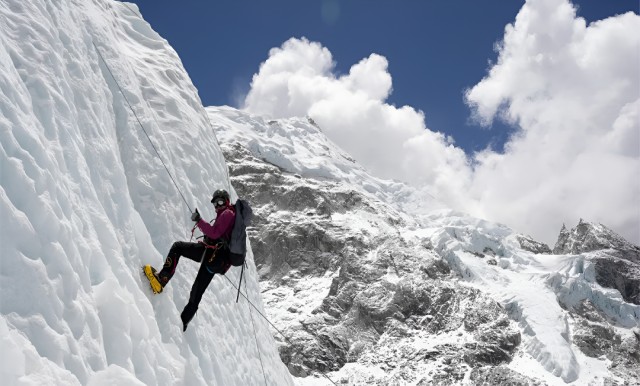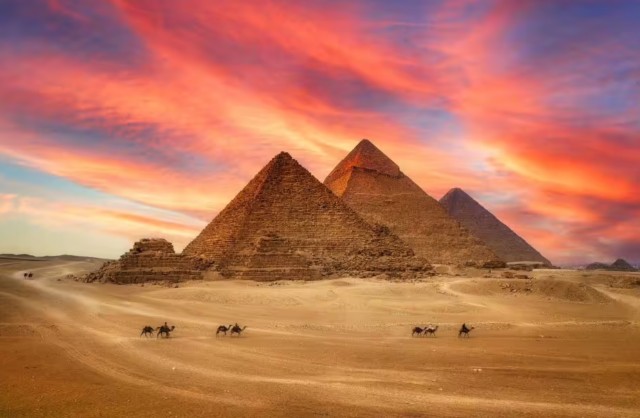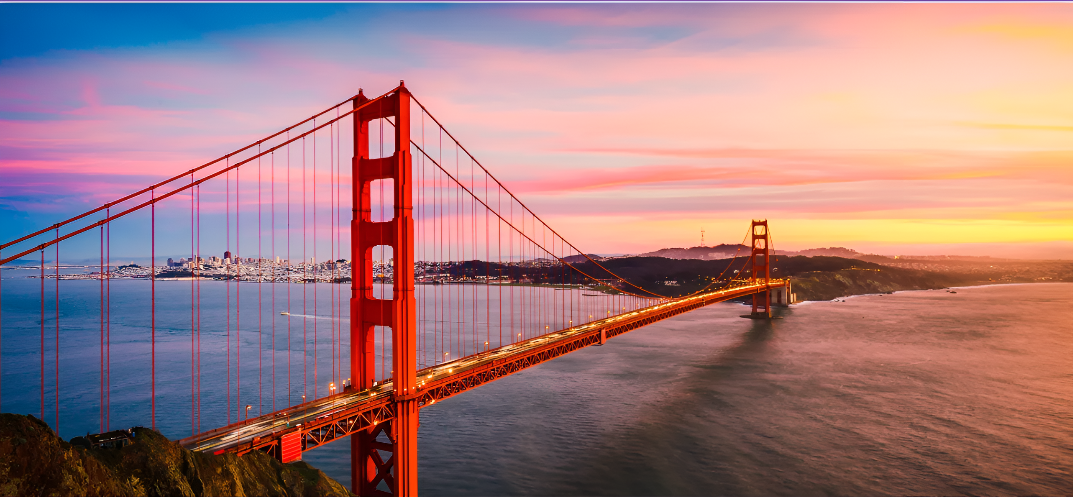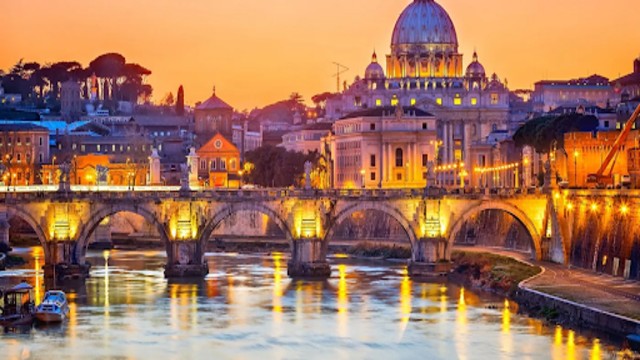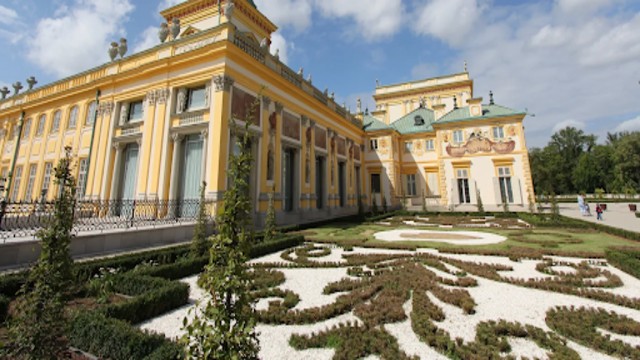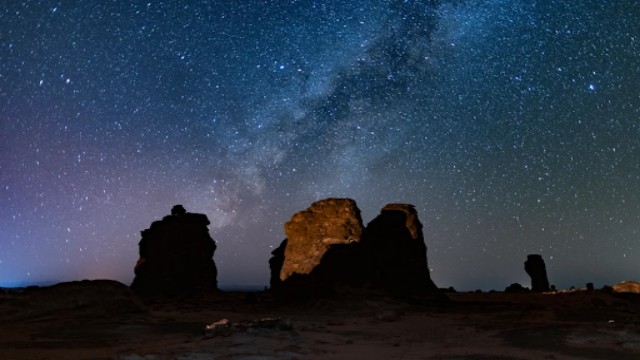
AlUla Manara and AlGharameel Nature Reserves have been officially recognized as the region's first Dark Sky Parks by DarkSky International. CNN
Saudi Arabia is becoming a top destination for stargazing. Its vast deserts and remote locations offer some of the clearest night skies in the world. Many travellers now visit the country just to experience its stunning celestial views.
One such traveller recalls the first time she truly saw the stars. While exploring a remote desert location known as the "Edge of the World," she was mesmerized by a sky filled with thousands of twinkling stars. This experience ignited her love for stargazing, leading her to visit Saudi Arabia frequently in search of the best night skies.
Saudi Arabia recently gained international recognition for its dark skies. In November, two of its nature reserves, AlUla Manara and AlGharameel, were designated as Dark Sky Parks. This makes Saudi Arabia the first country in the Middle East to receive this certification from DarkSky International, a global organization dedicated to reducing light pollution. The move places Saudi Arabia alongside just 21 other countries with officially protected night sky areas.
According to experts, AlUla’s night sky has always amazed visitors. The region is now implementing strict lighting regulations to maintain its dark sky status. Measures include using shielded lights that direct illumination downward, preventing unnecessary light pollution. The goal is to preserve the beauty of the night sky for future generations.
The Rise of Astrotourism
Astrotourism, or travel focused on stargazing and astronomical experiences, is gaining popularity worldwide. In the U.S., national parks with clear skies attract millions of visitors annually, generating billions in revenue. Countries like India and Australia are also seeing a surge in nighttime tourism, especially during celestial events like eclipses.
Saudi Arabia is embracing this trend by offering guided stargazing tours in AlUla. These tours not only provide breathtaking views of the Milky Way but also introduce visitors to ancient Arabian starlore. Historically, nomadic tribes in the region used the stars for navigation and religious purposes. For instance, Venus was once associated with a powerful goddess, while the sun symbolized a revered deity.
Expanding Dark Sky Conservation
Saudi Arabia has bigger plans for preserving its night skies. Developers of the Red Sea Destination, a massive tourism project the size of Belgium, aim to create the largest Dark Sky Reserve in the Middle East. They are working with lighting experts to minimize artificial light and implement sustainable lighting solutions. The project’s first resort has already achieved Dark Sky compliance, setting the stage for more developments with low light pollution.
DarkSky International warns that excessive artificial light disrupts ecosystems. It affects bird migration, turtle hatching, and nocturnal animals. To counteract this, Saudi Arabia is placing visitor limits and enforcing sustainability measures at its tourism sites.
Despite the challenges of balancing tourism growth and light pollution control, Saudi Arabia remains one of the best places to experience a truly dark night sky. The combination of untouched desert landscapes and clear views of the stars makes it a dream destination for stargazers worldwide.



